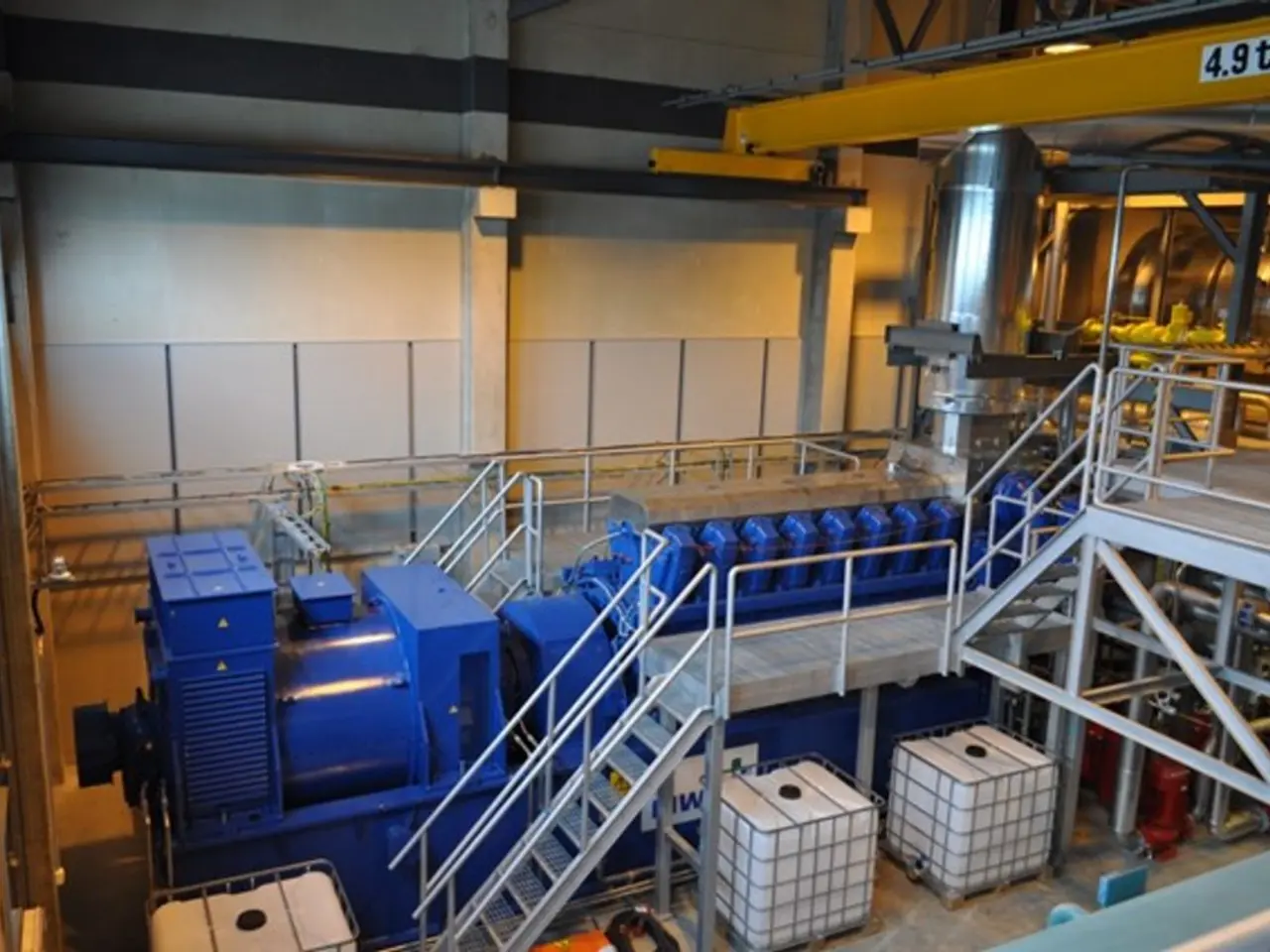Reorganized international trade frameworks, Trump sets sights on further changes
President Donald Trump's latest tariff regime, implemented in July 2025, marks a significant shift in international trade. The updated policy introduces a baseline 10% tariff on imports from all countries, with higher tariffs for nearly 70 countries that have trade deficits with the United States. These tariffs are country-specific and adjust based on trade negotiations, retaliation, and alignment with U.S. economic and national security priorities.
This regime builds upon earlier tariffs introduced during Trump's second term, such as high tariffs on steel, aluminum, copper, and imported cars under Section 232, as well as expanded tariffs on Chinese goods and goods from Canada and Mexico. Ongoing trade talks with countries like China, Brazil, and Canada have resulted in temporary lowering of tariffs or negotiations for broader economic and security deals, but no full elimination of tariffs has occurred.
The new tariff regime has had a profound impact on the global trading system. The average U.S. tariff level has risen to over 20%, adding substantial costs to trade partners and likely contributing to increased inflation and slowed economic growth domestically. The tariffs have also disrupted traditional global supply chains, with new transshipment rules designed to prevent avoidance of tariffs by routing goods through intermediary countries.
The use of tariffs as foreign policy tools, such as targeting Brazil or threatening high tariffs on countries trading with Russia, has added complexity and uncertainty to international trade relations, potentially increasing geopolitical tension and creating challenges for the multilateral trading system.
The final shape of the trillions in investment commitments outlined in corporate pledges and trade frameworks with foreign counterparts is yet to be determined. Trump has stated that companies committing to build or have already built in the United States will be exempt from tariffs on chips and semiconductors. The exact rates for sector tariffs are moving upward, with Trump setting the level for chips and semiconductors at approximately 100% and threatening up to 250% for pharmaceuticals.
The structure of utilizing investment commitments to address national security concerns in critical industries and products is innovative and unprecedented. The method to hold countries and companies to their commitments in the trade frameworks is through the use of tariffs, according to a senior administration official. The reciprocal tariff regime, part of Trump's attempt to reorient global commerce for over seven decades, is a broad, high-tariff framework tailored to address trade imbalances and national security concerns through country-specific rates, while influencing global trade patterns and prompting a mix of negotiation, retaliation, and trade realignment at the international level.
The tariff regime has been met with a scramble from world leaders and their trade teams to cut deals to ease new rates, but they have discovered there would be no easy path. Hundreds of billions of dollars in corporate pledges and investment commitments are Trump's most coveted elements of bilateral trade frameworks. The technical and legal work ahead on the bilateral frameworks, reshaped by Trump's own hand in Oval Office sit downs, promises to be substantial.
Trump's advisers have formulated plans to utilize those commitments to shore up US supply chain weaknesses and vulnerabilities. Long-term exemptions for specific technology products, including those used by Apple, from the tariffs on chips and semiconductors have also been announced. As the tariff regime continues to evolve, its impact on global trade and the multilateral trading system remains a topic of ongoing discussion and analysis.
- The tariff regime implemented by President Donald Trump in July 2025 has significantly impacted the global business environment, leading to increased costs and potential inflation in finance due to higher average tariff levels.
- The new tariff regime is not only affecting international trade but also influencing politics and general news, as world leaders scramble to negotiate deals to ease the new rates and corporations reconsider their investing decisions.
- The innovative tariff regime, which uses investment commitments as a tool to address national security concerns in critical industries and products, is reshaping the landscape of business and finance, potentially leading to long-term changes in the general-news landscape.




